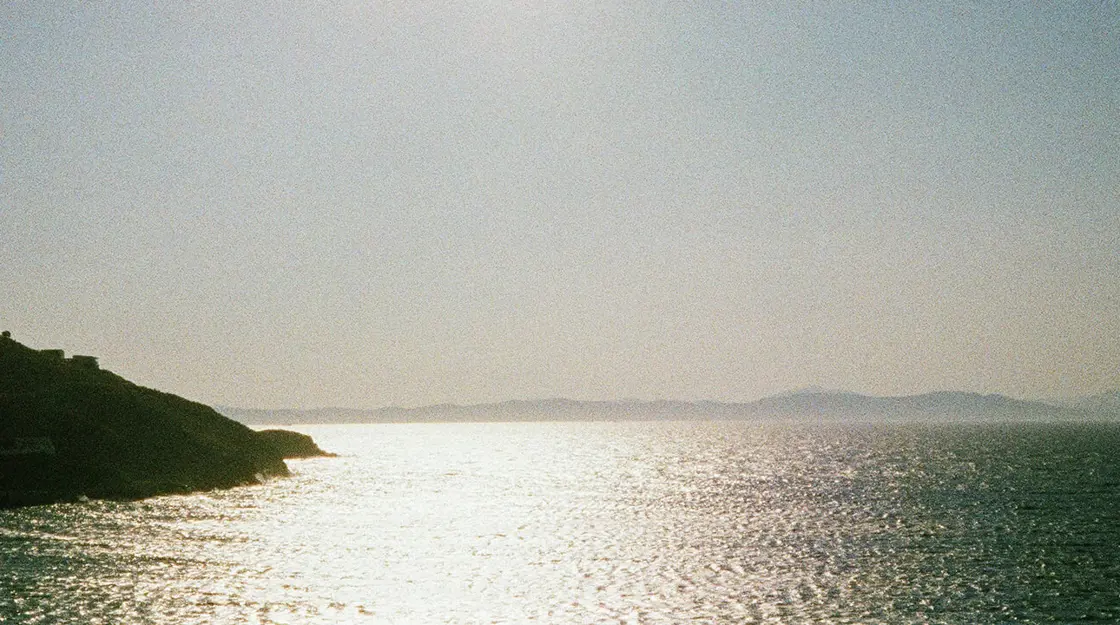What do you want to bring to L’Alpaga?
In and around the hotel is a sort of “breeding ground”, a living ecosystem that we have to continue being inspired by, while making what we do ever more sustainable. I’m thinking about the landscapes that surrounds us, ceramicists working locally, our own vegetable garden, our pastry chef Tess Evans-Mialet, our respect for the seasons, and our small producers. Listening to these different voices nourishes our cuisine, which is all about taste. In the Bistrot de L’Alpaga, that means authentic, classic comfort food, such as leeks in vinaigrette, green straw, and Grenoble walnuts. At La Table de L’Alpaga, the cuisine is more personal and precise, such as the Chartreuse veal smoked with juniper branches, and served with juniper juice and turnips cooked in different ways, glazed with Alpine flower honey, and cooked in salt.
In and around the hotel is a sort of “breeding ground”, a living ecosystem that we have to continue being inspired by, while making what we do ever more sustainable. I’m thinking about the landscapes that surrounds us, ceramicists working locally, our own vegetable garden, our pastry chef Tess Evans-Mialet, our respect for the seasons, and our small producers. Listening to these different voices nourishes our cuisine, which is all about taste. In the Bistrot de L’Alpaga, that means authentic, classic comfort food, such as leeks in vinaigrette, green straw, and Grenoble walnuts. At La Table de L’Alpaga, the cuisine is more personal and precise, such as the Chartreuse veal smoked with juniper branches, and served with juniper juice and turnips cooked in different ways, glazed with Alpine flower honey, and cooked in salt.


